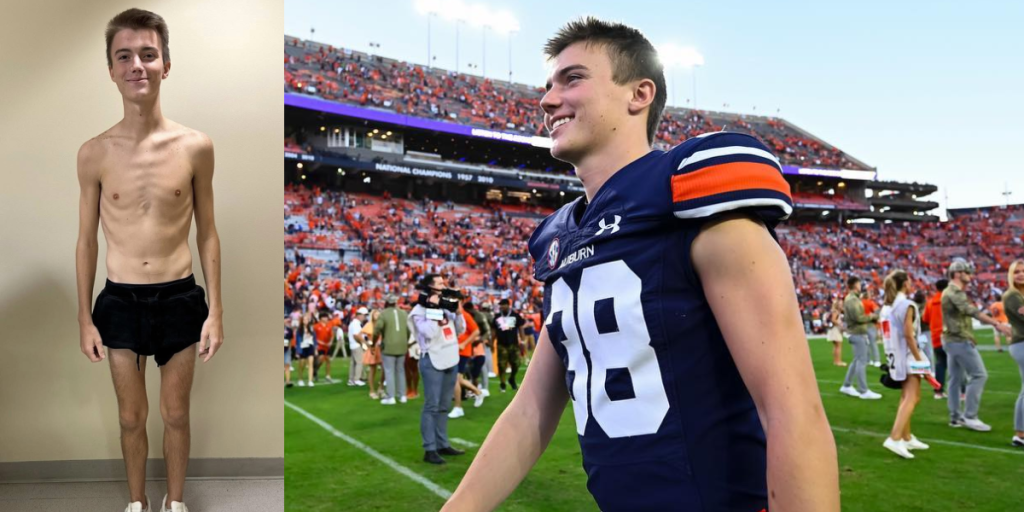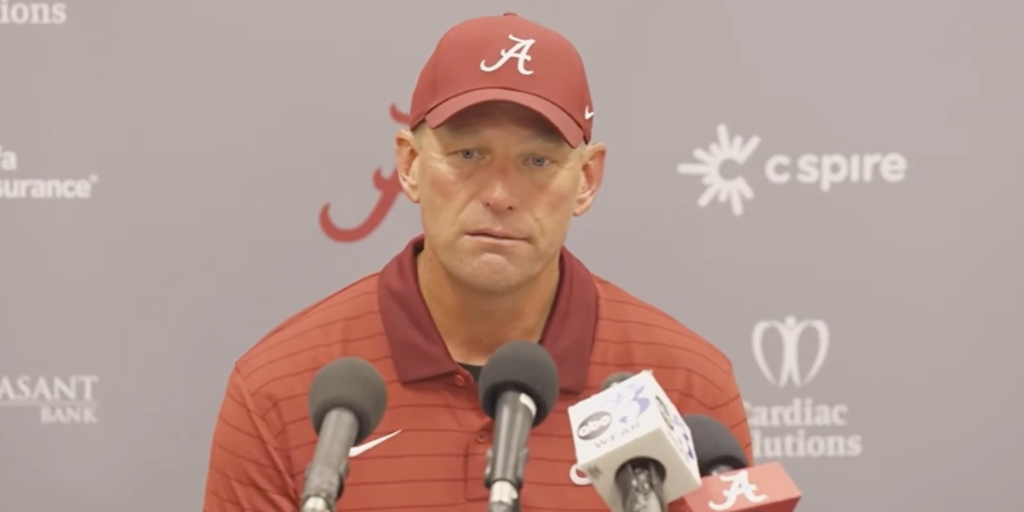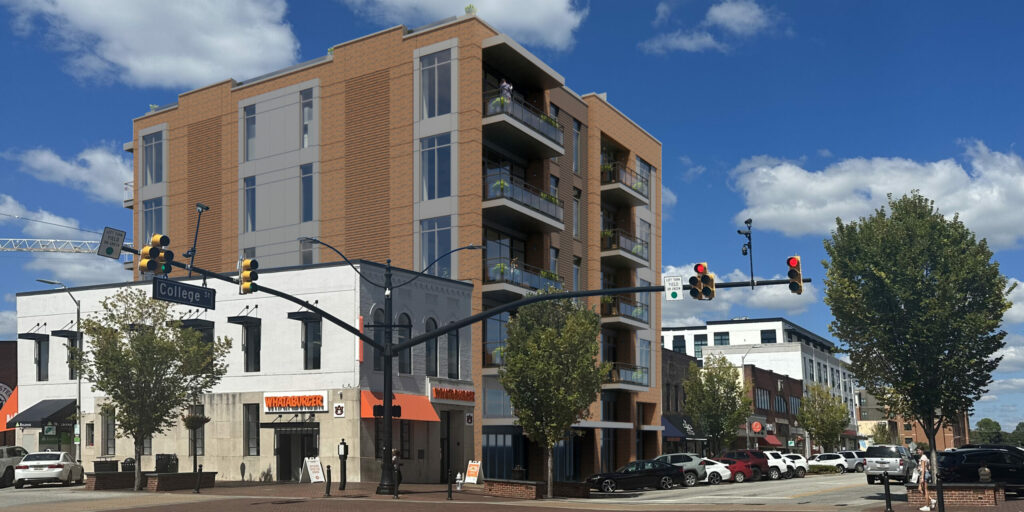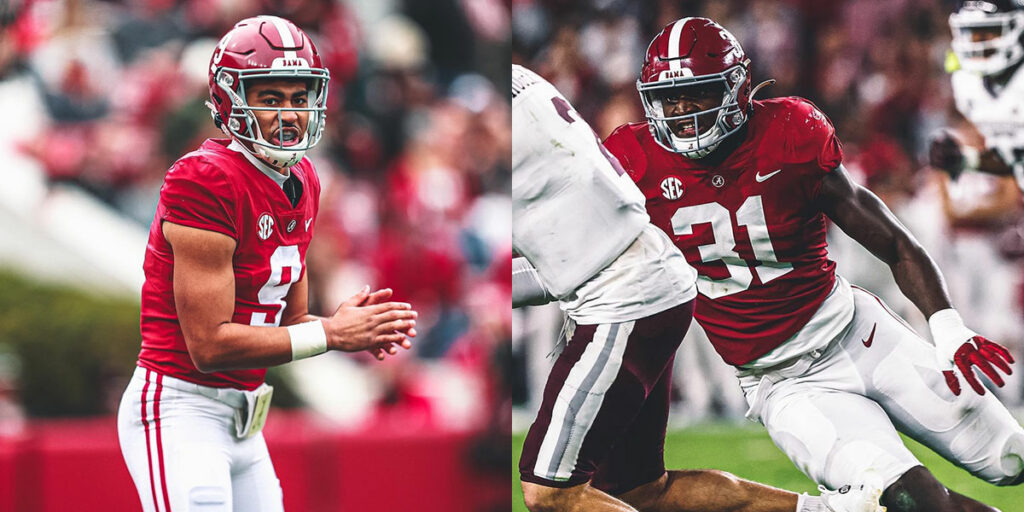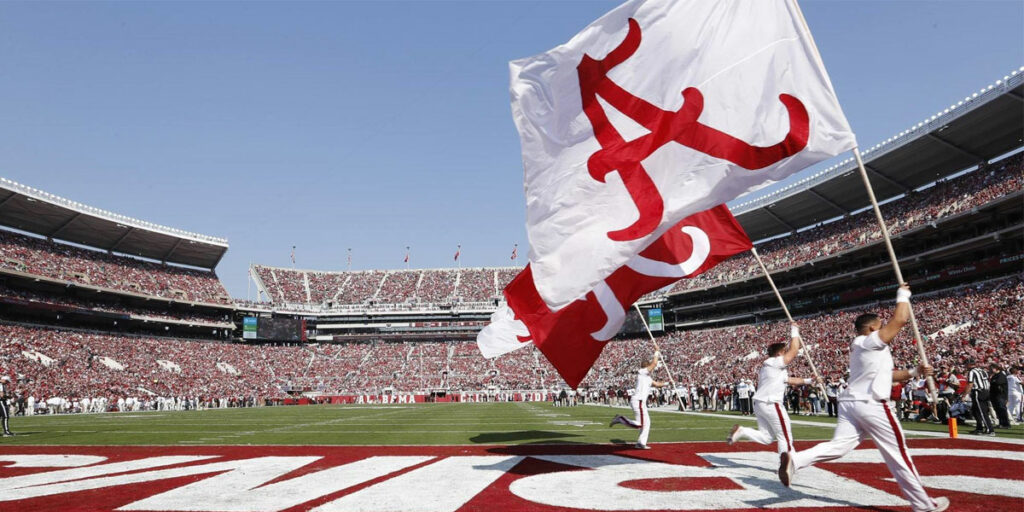 Actually picking up and reading Lars Anderson’s new book “The Storm and the Tide” was a challenge. Not that I have an aversion to reading — the book isn’t a tome or slogging prose — it’s just difficult to revisit a period of time that was so traumatic for so many people in our state.
Actually picking up and reading Lars Anderson’s new book “The Storm and the Tide” was a challenge. Not that I have an aversion to reading — the book isn’t a tome or slogging prose — it’s just difficult to revisit a period of time that was so traumatic for so many people in our state.
While Alabama football plays a central role, this isn’t necessarily a story about a football team. It’s about a community rallying around one of the few things that brought them hope, happiness and an escape in the midst of sweeping devastation. But even though it’s a tough read, “The Storm and the Tide” should be mandatory reading, not just for Alabama football fans, but for anyone interested in the resiliency of people.
We’re used to storms here. The Southern part of the United States has become known as “Dixie Alley,” the epicenter of tornadoes stronger and longer-track than the ones in the Midwest’s “Tornado Alley.” But this wasn’t just any storm. This storm, the one Anderson covers in his book, happened April 27, 2011. On that day, as part of the largest and deadliest outbreak of tornadoes in American history, a single massive tornado killed 53 people in Tuscaloosa, six of of whom were University of Alabama students.
Anderson describes tornadoes as the most frightening of the many natural terrors. Having experienced April 27 in the basement of my house in Birmingham, I’d argue that he’s right.
“There is time for warning, yet even with the chilling warning sirens, not enough time to run from it.”
I remember watching James Spann, the most trusted weatherman in Central Alabama and maybe the entire country, track tornado after tornado, urging viewers in the storm’s path to take cover. He had rolled up his sleeves – the signifier of a serious storm – and guided us through it all. After countless hours of broadcasting live, he probably could have run for governor and won.

The Tuscaloosa twister itself never outright threatened our home in Birmingham but it impacted those close to me. Everyone from Tuscaloosa, Birmingham and the surrounding areas has a story from the storm. People still experience lingering psychological and emotional effects three years later, which Anderson writes about in the book.
I had friends at the University of Alabama huddled in the hallway of their dormitories grappling with how to accept their fate, but holding onto a glimmer of hope that they would avoid the cyclone’s path.
Streets that once crisscrossed the map in my aunt’s town of Pleasant Grove no longer even exist. She survived in the stairwell of her basement, clinging to the doorknob as the walls caved in around her. She was one of the lucky ones. Her neighbors had both of their children swept away by the twister, both amazingly finding their way home safely the next morning, unharmed.
“The Storm and the Tide” begins with Carson Tinker, the Alabama long snapper who lost his girlfriend in the storm. Tinker, who later wrote his own book about his ordeal, emerged as an emotional hero throughout the rebuilding process and eventual 2012 Alabama national championship, and plays a central role in Anderson’s telling of the story.
From there, Anderson jumps from person to person, telling the remarkable stories of how multiple individuals — those who survived and the families of those who didn’t — experienced the storm.
He includes the experiences of Loryn Brown (the daughter of former Alabama defensive lineman Shannon Brown), the Dowling family (who survived the storm in their mobile home), former Alabama players like Javier Arenas, Tuscaloosa Mayor Walt Maddox and many others, giving the reader the full spectrum of emotion and the diverse experiences people had with the same storm.
But the most interesting character study is of Crimson Tide head football coach Nick Saban. He has the most recognizable name in the state, yet it’s seemingly impossible to truly get to know him.

Saban’s persona on the field and in press conferences is of an ornery, seemingly humorless stickler — someone who would get upset if he had a single hair out of place.
But Anderson’s portrayal of Saban depicts a man of deep and sincere compassion who immediately jumped into action in the aftermath of a disaster, using his influence and his players to help bring relief. He’d been there before, after all, having experienced first-hand the Kent State shootings as a football player at the school in 1970. Saban knew his team could be a point of pride for the city of Tuscaloosa and the state of Alabama, something that could take their minds off of the tornado, if only for a moment.
The storm changed Saban. According to the book, the famously private coach expanded his circle of friends from three to 10.
Anderson methodically goes through almost each game of the 2011 season, taking the most time to focus on the LSU “Game of the Century” and the 2011 national championship, linking the stories of that memorable season to how the title run was experienced by those impacted by the storm.
Anderson manages to perfectly capture what it’s like to experience football in the South. The conversation at every lunch table in Tuscaloosa on Sunday morning isn’t about politics or world events, it’s about who should be Alabama’s starting quarterback or how the secondary looked against the deep ball. According to Anderson, it’s ingrained in our DNA. He traces the South’s love of football back to Alabama’s win in the 1926 Rose Bowl.
Nothing unites us quite like sports. The games are a collective experience that we all share, even if we root for different teams. And while the dominance of Alabama football that followed April 27 didn’t rebuild anyone’s home — although Saban’s foundation built 15 — the hope and confidence that a team of kids instilled in the hearts of the devastated communities meant as much in those moments as anything could.
“The Storm and the Tide” is an uplifting reminder of the kindness and decency that humanity is capable of, even in our most trying times. The book gives readers insight into how the Alabama football team truly wanted to win for its people, and it gives us some new perspective on how sports can positively and profoundly impact a struggling community.
Reading Lars Anderson’s book is difficult. I don’t even know if it’s enjoyable, but it is heart-wrenching, compelling, inspiring, and well worth your time.
“The Storm and the Tide” is available now.
Follow Jonathan on twitter @Jonathan_Biles




